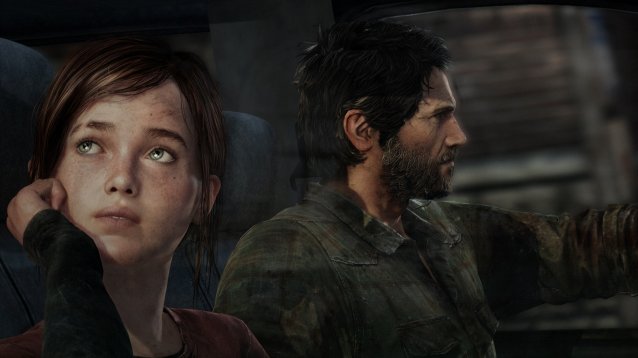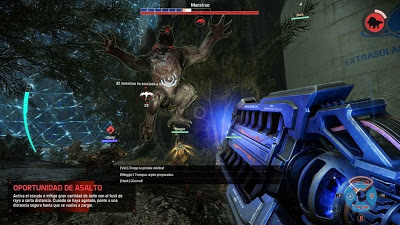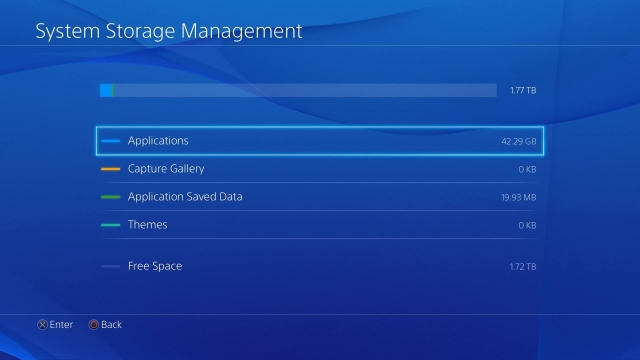

Game Rant’s Jason Weissman reviews The Witcher 2.
In The Witcher, CD Projekt Red introduced gamers worldwide to the gritty fantasy world of Polish author Andrzej Sapkowski. While the initial release of the game had optimization and localization issues, CD Projekt Red did a remarkable job in resolving them. The Witcher ultimately sold over one million copies and developed a very loyal fan base in the process.
Building on this success, CD Projekt Red looks to take the series to the next level of RPG greatness with The Witcher 2. With the inclusion of a brand new in-game engine, combat system, and multi-path narrative, the sequel made Game Rant’s list of most anticipated titles for 2011 and appears ready to compete for the top RPG of the year. Does the final product reach our lofty expectations? Read on to find out.
The original Witcher offered a more mature take on the fantasy role-playing genre than the traditional fare. Political intrigue and racism were pervasive throughout the world of Temeria and these themes continue in the sequel. The protagonist of the first title, Geralt of Rivia, returns to action in The Witcher 2in a quest to clear his name. For those unfamiliar, witchers are humans who have undergone a mutation process so that they may obtain supernatural monster-killing abilities. Sounds great, right? Only problem is that the citizens of Temeria distrust these professional guns-for-hire, yet still seek their help whenever a particularly nasty creature or two cause some trouble. Once the monster is disposed of, a witcher is persona non grata.
The life of a Witcher definitely leaves a mark.
The Witcher 2 picks up almost immediately after the events of original game. In the prologue/tutorial, Geralt is stuck in the middle of a civil war between King Foltest of Temeria and his one-time mistress, Baroness Mary Luisa La Valette. The two children produced as a result of their dalliance are the only potential heirs to King Foltest’s throne and he seeks to claim them. Because of a particularly important event in The Witcher -which I won’t spoil here – King Foltest regards Geralt as his lucky charm and requests that the “White Wolf” take part in the castle siege to recover his children. Never one to get on a king’s bad side, Geralt agrees to assist Foltest, but things, as you may expect, don’t go quite as planned.
The rest of the compelling story takes place over three distinct chapters. The story is nonlinear in the sense that in each map area, Geralt has some freedom to take on multiple side quests and tasks in no particular order. Once the main quest of a chapter is over however, the unfinished quests will no longer be playable.
One of the most impressive feats of The Witcher 2 is that your choices actually affect the progression of the game. This isn’t just the illusion of choice that has been offered by other titles in the genre. Even early on, Geralt’s confrontation with the son of Baroness La Valette during the castle siege has repercussions that immediately affect the story moving forward. Consequently, there is a lot of replayability here. Without completing all of the side quests, the game will certainly take most players up to 30 hours to reach one of its sixteen possible conclusions.
The multi-branching narrative, full of twists and memorable moments, is the clear strength of The Witcher 2. Unfortunately, the ending of the game is somewhat undercooked when compared to the previous chapters and one wonders if CD Projekt Red has succumbed to the recent practice of forcing players to buy an expansion pack for the true conclusion to the story. Still, the journey is worth the trip.
Ditching BioWare’s Aurora engine for one built from the ground up, CD Projekt Red has succeeded in making one of the best looking role-playing games ever. The lighting in particular is quite stunning, especially in outdoor environments. The city and forest areas are quite detailed and the reuse of assets is kept to a relatively low level for a game of this size. Very little about the game visually feels generic, and even more amazing, load times are minimal. CD Projeckt Red wanted to make a living breathing world and their efforts have clearly paid off.
I love sunsets.
Speaking of graphics, there are moments in The Witcher 2 that are, um, graphic. If virtual depictions of nudity and sexual scenarios are not your thing, be forewarned. The Witcher 2 is a game for mature audiences. Expect to see the occasional naked woman and hear the not-so-occasional salty language throughout the game.
The combat mechanic of the game allows for Geralt to use spells in conjunction with various weapons, including a steel sword for normal enemies and a silver sword for the supernatural. On Normal difficulty or higher, the control scheme can be a tough to initially master as Geralt is inexplicably underpowered, despite his accomplishments of the first game. While character progression is an important trait of RPGs, CD Projekt Red never offers any reason as to why Geralt is suddenly so weak. Battles during the early stages of the game are a little too challenging, especially since the prologue serves as the game’s tutorial. Don’t even think about running into a room of baddies without some sort of plan beyond spamming the attack buttons as you’ll be quickly overwhelmed. Enemies tend to surround Geralt during battle, making him very susceptible to flanking and rear attacks, so you’ll have to keep moving.
As Geralt levels up, the combat does become much easier. So much so, that late in the game, most enemies will not offer much of a challenge. Bosses will still require some strategy, and the various books found in the merchant’s shops can offer guidance.
This could be a problem.
In particular, the tips found in books can be very useful in determining your fight strategy. Unlike other RPGs, Geralt cannot use potions in battle, but must instead do so while meditating. Potions act as a temporary buff only and you won’t find any instant healing potions that can be used in combat. Players will have to plan ahead, as once an encounter starts, the potions will be unavailable. This will frustrate some as it is not always possible to know what enemies you may run into on the road. If your experience is like mine however, you’ll soon discover that you can rely upon the same three potions throughout most of the game.
While the overall experience of The Witcher 2 is very positive, the game is far from perfect. The Witcher 2 jumps right into the action with very little exposition as to the characters in the world of Rivia. As this is a sequel, I expected The Witcher 2 to continue the story of the previous game, but those who are new to the series may be a bit overwhelmed at the outset.
Making matters worse is the fact that the tutorial is woefully thin, and players will need to make great use of the game’s manual and in-game journal to get up to speed. The combat, magic, mutagens and alchemy conventions are fairly unique to the world of The Witcher, and a lack of familiarity with these elements could cause those with low attention spans to give up prematurely.
In addition to these initial hurdles, The Witcher 2 has some minor design problems that, over the course of the game, can become irritating. Picking up loot from dead enemies requires you to be perfectly situated near the items and completely stopped. Otherwise, you’ll end up swinging your weapon over the loot instead, which will move you out of position. A glitched sequence early in the game where Geralt is attempting to escape an attack of a dragon, but invariably cannot, almost made me smash my monitor in frustration.
The dragon that would not be denied.
The conversation system with the merchants requires you to reinitiate contact if you want to access the wares and crafting menus in one visit. The inventory system is not as streamlined as other titles in the genre and offers no quick method to sell junk items. Quest markers on your in-game map are not always helpful or could be missing altogether. Based upon CD Projekt’s past efforts in resolving gameplay issues with The Witcher however, I suspect that many of these issues will be eliminated in future patches and one such update has already been released.
Despite the aforementioned problems, The Witcher 2 offers a fantastic experience that should appeal to most RPG fans. The game world is rich with detail and CD Projekt Red has upped the ante by providing players with the ability to actively shape Geralt’s story. The steep learning curve may discourage newcomers, but those who stick with it will be rewarded with one of the most compelling narratives offered in the fantasy genre.
The Witcher 2 is currently available for Windows PC.



